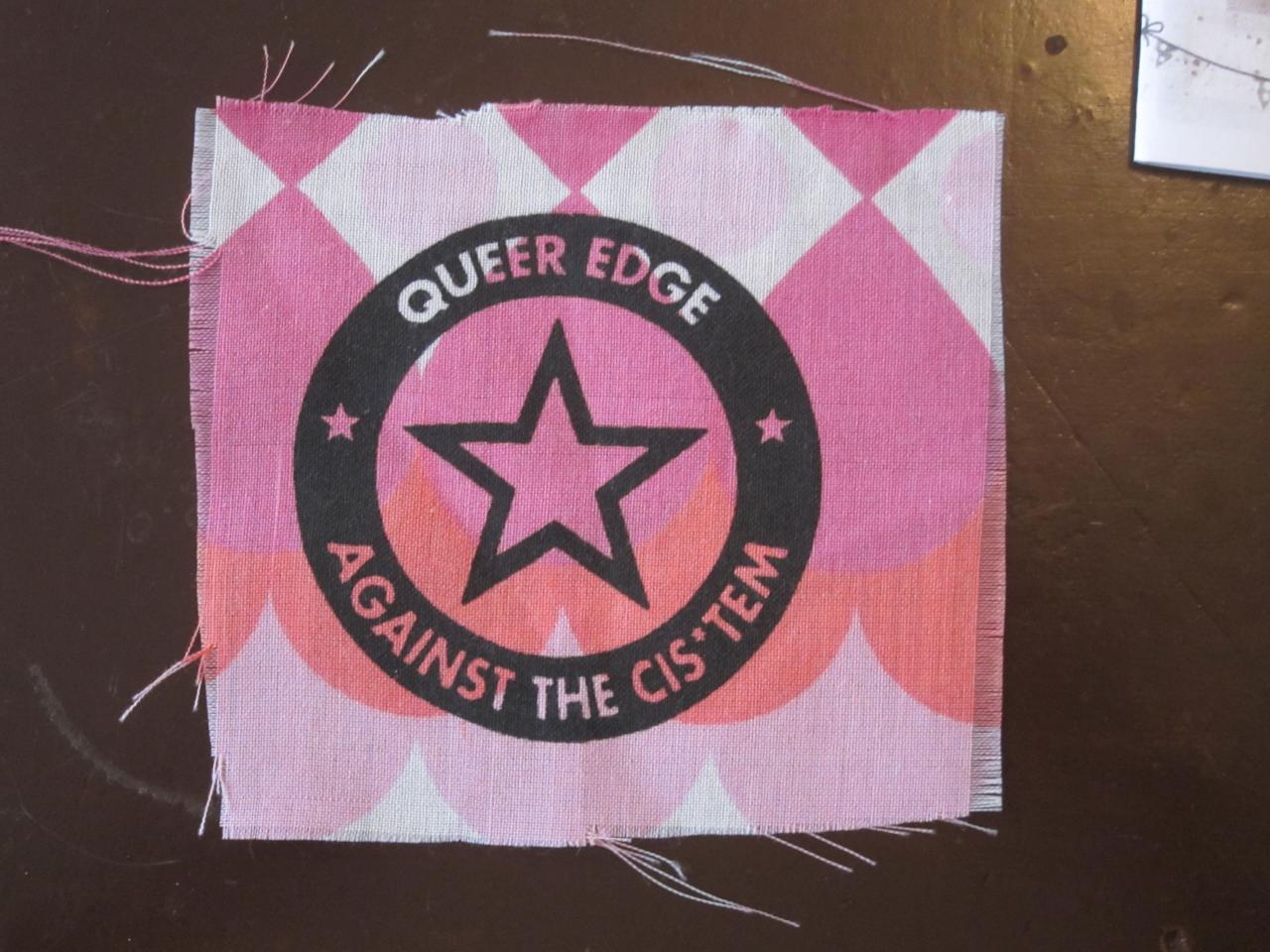
From Queer Ecstasy
to Queer Sobriety
Queer cultures are more than often associated with partying practices and also with drug consumption. As an example, the very wide research field on "chemsex" mostly by gays men (chemsex is the use of drugs in context of sex practices and sometimes sex parties) raises questions ranging from health to pleasure and harm reduction. Meanwhile it's important not to forget the many ways our societies associates psychoactive substances (beginning with alcohol) with (hetero) sexualities.
Stepping away from the queer ecstasy narratives, this story tells about drug and alcohol consumption in queer cultures from another perspective: the one of sobriety.
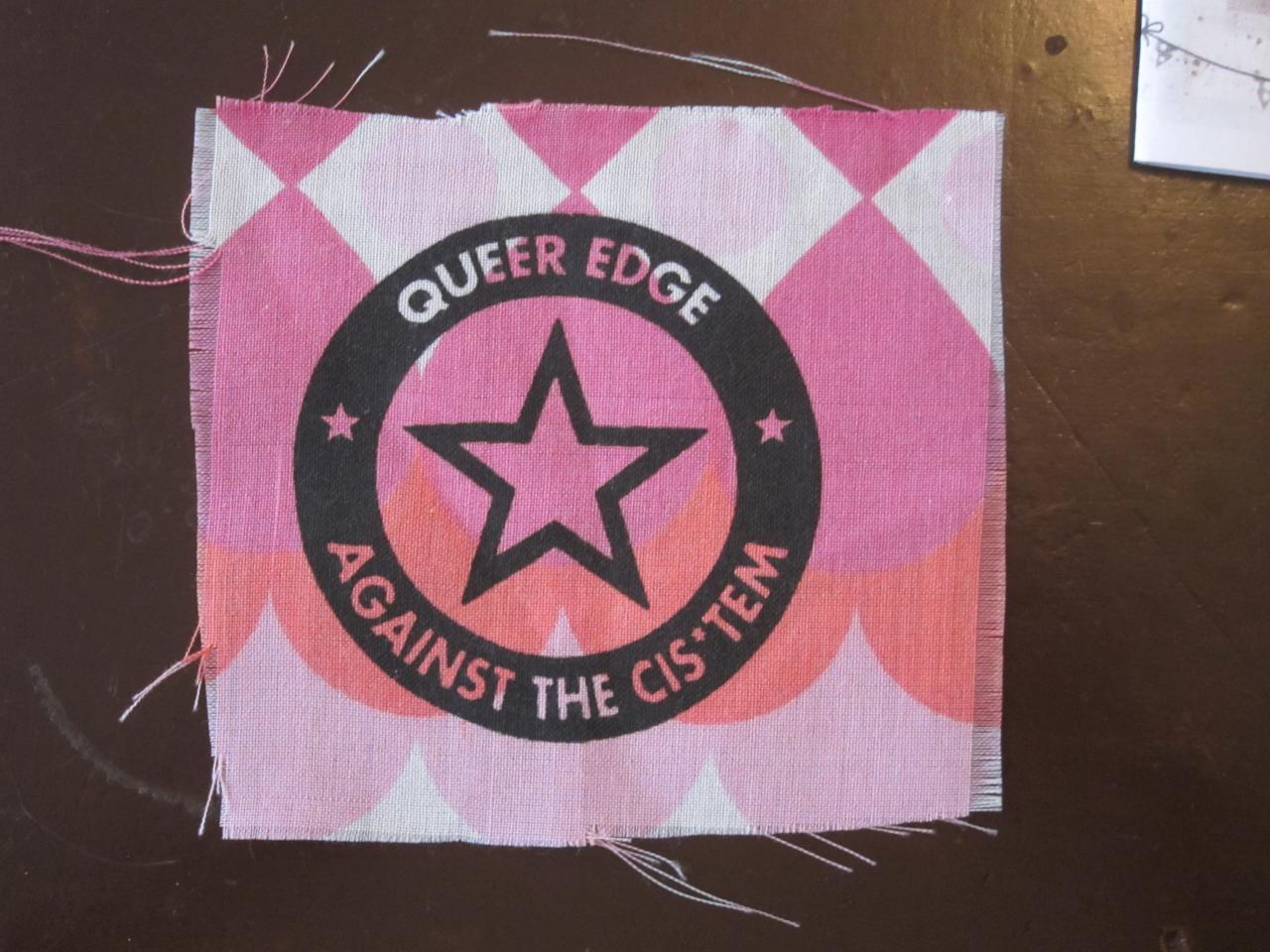
Queer Edge Against the Cis*Tem
Cloth patch representing a queer critique of mainstream intoxication culture.
UnknownStory by Mélina Germes, May 2021
I found this piece of cloth in summer 2019 in Berlin, at a queer solidarity event. Amongst the diversity of books, zines, patches, badges, artpieces, handmade clothing displayed at different stands, this one holded my attention. Its signification is coded, requiring knowledge about two (sub)cultures: queer culture and straight edge.
Queer culture
The design of the serigraphy is very common among queer political communities and can be found in a lot of variations like “unicorns against the cis*tem”. What the hell is "cis*tem"? Cis*tem is a word play between “system” and “cis”. Cis, short for cisgender means the opposite to transgender. So, every person identifying and performing the gender assignated to them at birth is cis. Cis*tem means both the system of gender normativity and at the same time the socio-economic system, thus loaded with a revolutionary imagination.
Straight Edge
“Queer Edge” is a reference to “Straight Edge”, and at the same time a distinction from it. Straight Edge is a subcultural movement (mostly within the punk culture) existing since decades and promoting abstinence from addictive substances or behaviors including alcohol and impulsive sex, as an incorporation of the critic of the socio-economical system, and its tendency to promote intoxication and thus reduce political awareness. The subcultural movement sprayed over the world, developing networks, a particular music style and hands tattooed with a cross, presented as a reminder for barstaff to never give alcohol – a part of their member are in recovery of addiction. In this context, “straight” means "sober", in opposition to "inebriated, intoxicated".But in the context of sexuality, "straight" is the opposite of "gay". As in the common langage of forms, before becoming slurs or identifications, "queer" is the opposite of "straight". So Queer Edge is a distinction from Straight Edge, insofar as this movement criticizes the heteronormativity and hegemonic masculinities of the Straight Edge movement.
A Queer Edge movement?
Activists such as Nick Riotfag (queer and anarchist) appeal at a fundamental reflexion about intoxication within the queer movement and present its particular LGBTIQ* issues. They demand a broadener understanding for harm reduction, enhancing the importance of not stigmatizing and not excluding from the community inebriated or intoxicated members.
The collection "Queer Sobriety" in this archive gathers mostly zines and other materials giving insight in the diversity and convergences of many queer activists and artists, thinking about alcohol and drug consumption. Issues like addiction, collective harm reduction intiative, trauma, inclusion and accessibility are dealt with. These zines were written in English, German, French and sometimes translated. I also found a track in Sweden. They were written in the 2010s and are available online or on purchase.
Collection "Queer Sobriety"
-
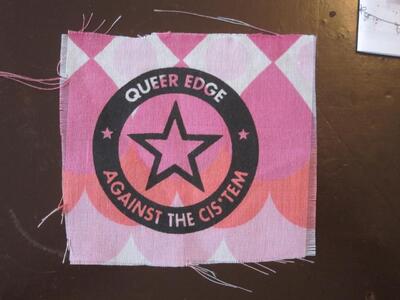
From Queer Ecstasy to Queer Sobriety (Story)
-

Queer Edge Against the Cis*Tem
-
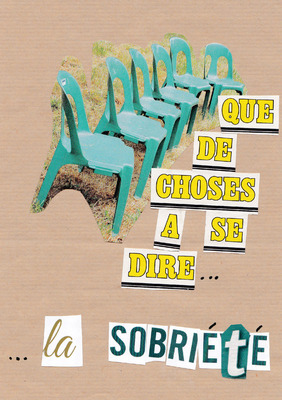
Que de choses à se dire... la sobriété
-
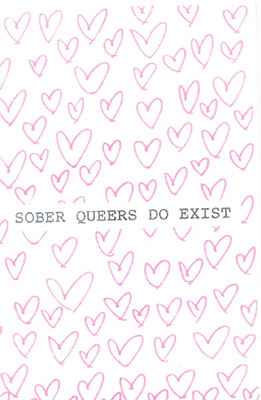
Sober Queers do exist
A new framing of sobriety?
The emergence of similar reflections about queer sobriety in different places and contextes is raising lots of fascinating questions.
For example, this call for sobriety is radically different from the moral injunction of the health policies, or from the heteronormative order of female sobriety. It might be connected to the political radical expectation of sobriety for effective (thus productive) commitment to political change. This would forget a commonality of these queer reflections: the uncontested project of integrating consumers and addicts and promoting a collective harm reduction respectful of the autonomy of the self.
An other recurrent topic of the testimonies collected so far is the lack of places for socialisation that would both allow queerness, blossoming queer identities without threats ; and the absence of incitement and insistence to consume alcohol or drugs, thus making actively place for sobriety.
So far it seems to me that collective/community care and accountability are raising whole new perspectives on sobriety, largely and usually framed as a moral entreprise.
Research in progress
This is a research in progress. I am happy for inputs about other zines, personal experiences, etc. You can write an email to me or upload your contribution below (a zine, a text, a drawing, whatever...).